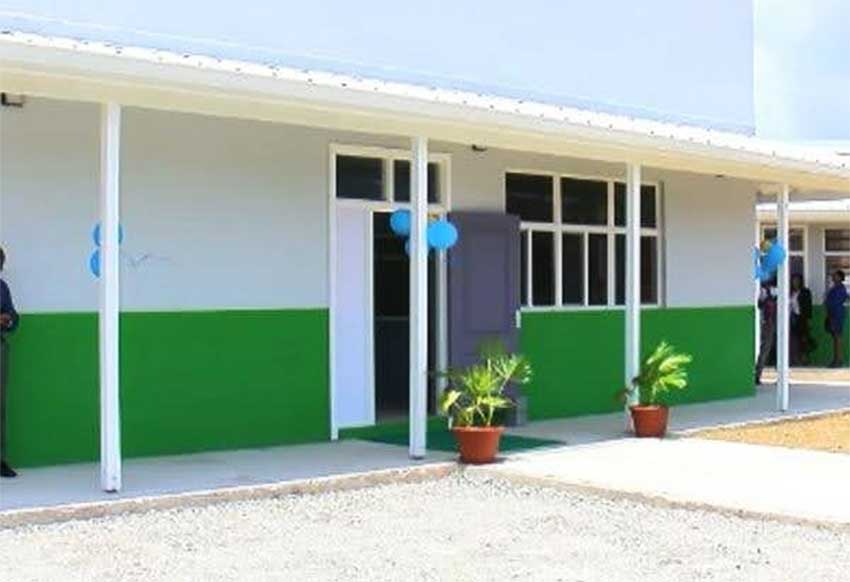
A new Hospitality & Catering Block has been added to the Centre for Adolescent Renewal and Education (C.A.R.E.) at Cul De Sac. This project is crucial for helping marginalized youth gain livelihoods and aims to enhance Saint Lucia’s capacity to provide impactful vocational training.
The facility was built with support from the International Labour Organization (ILO) United Nations (UN) Development Partnership Project and includes an extended branch of the European Union (EU).
During the official opening ceremony, Prime Minister Philip J Pierre highlighted the positive feedback from employers who have hired CARE graduates. He described the institution’s services as “a labour of love.” Despite the stigma associated with the institute, PM Pierre noted that it has continued its programs to empower marginalized individuals. “They are committed to these young people, to those whom most of society had written off,” he declared.
Minister for Education Shawn Edward emphasized that education is a top priority for the government and acknowledged the contributions of donor agencies in making this project a reality.
Tracy Dolcy, Planning Officer within the Ministry of Education, recalled that the property at Cul De Sac was purchased for the C.A.R.E. Complex over four decades ago. The final project proposal was approved in 2019. Dolcy mentioned that the project faced challenges due to the COVID-19 pandemic and economic hardships, but this is the first set of buildings that will form the new C.A.R.E. Complex. “The implementation of the project to upgrade Saint Lucia’s capacity for impactful vocational training for marginalized youth resulted in the naming of these buildings,” she said.
CARE is managed by a Board of Directors with oversight from the Presentation Brothers. The institution was founded in 1993 by Irish Presentation Brother Dominic Brunnock, who dedicated over two decades to Saint Lucia’s social development and education before his passing in 2006. Initially, CARE provided practical skills training for youth aged 15 to 19, but it has since evolved to produce skilled employees for the workforce.













